Comprehensive Detection Guide for Active Loudspeakers: Ensuring Quality and Performance
Overview of Active Loudspeaker Detection
Active loudspeakers, also known as powered speakers, are widely used in home audio systems, studios, and public venues due to their built-in amplifiers and superior sound quality. Ensuring their performance and reliability requires professional detection and testing processes. This article provides an in-depth look into the methods and tools used to assess active loudspeakers, helping you make informed choices.
Sample Requirements for Active Loudspeaker Detection
To conduct accurate testing, **complete samples** of the active loudspeaker must be provided. This includes the main speaker unit, power cables, and any accompanying components like control panels or remote controls. Samples must be in **working condition** and free of external damage to ensure test results reflect true performance.
Detection Projects for Active Loudspeakers
Key detection projects for active loudspeakers typically include:
- Sound Quality Analysis: Measuring frequency response, harmonic distortion, and signal-to-noise ratio.
- Electrical Safety Testing: Ensuring compliance with safety standards for voltage and current limits.
- Durability and Stress Testing: Assessing performance under prolonged use and various environmental conditions.
- Compatibility Testing: Verifying seamless connectivity with external devices via Bluetooth, Wi-Fi, or wired inputs.
Detection Instruments for Active Loudspeaker Testing
Various specialized instruments are employed to test active loudspeakers, including:
- Audio Analyzers: Tools like the Audio Precision series for measuring sound quality metrics.
- Oscilloscopes: For visualizing electrical signals and analyzing waveform accuracy.
- Environmental Chambers: Simulating temperature and humidity conditions to test durability.
- Impedance Meters: Evaluating speaker impedance to ensure compatibility with amplifiers.
Methods for Active Loudspeaker Detection
Detection methods involve a combination of standardized tests and advanced technologies:
- Acoustic Measurement: Using anechoic chambers to capture accurate sound data.
- Electrical Testing: Applying multimeters and safety analyzers to check internal circuits and insulation.
- Field Testing: Simulating real-world usage scenarios to evaluate user experience.
- Compatibility Verification: Connecting with multiple devices to ensure consistent performance.
Conclusion
Accurate detection and testing of active loudspeakers are crucial to maintaining product quality and ensuring user satisfaction. By understanding the testing processes, tools, and methods, manufacturers and consumers alike can make confident decisions, promoting better performance and reliability in every use case.
结语
以上是关于Comprehensive Detection Guide for Active Loudspeakers: Ensuring Quality and Performance的介绍,如有其它问题请 联系在线工程师 。




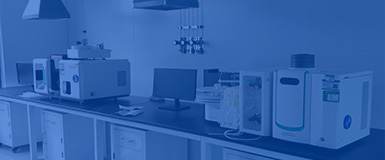
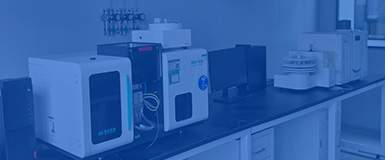
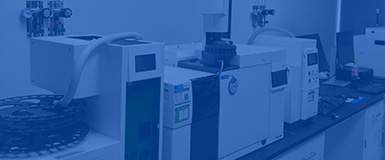
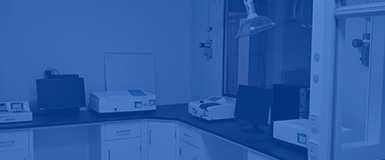
 第三方检测机构
第三方检测机构
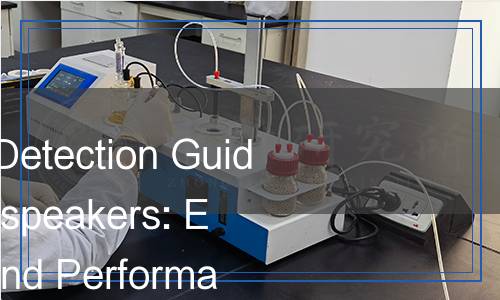




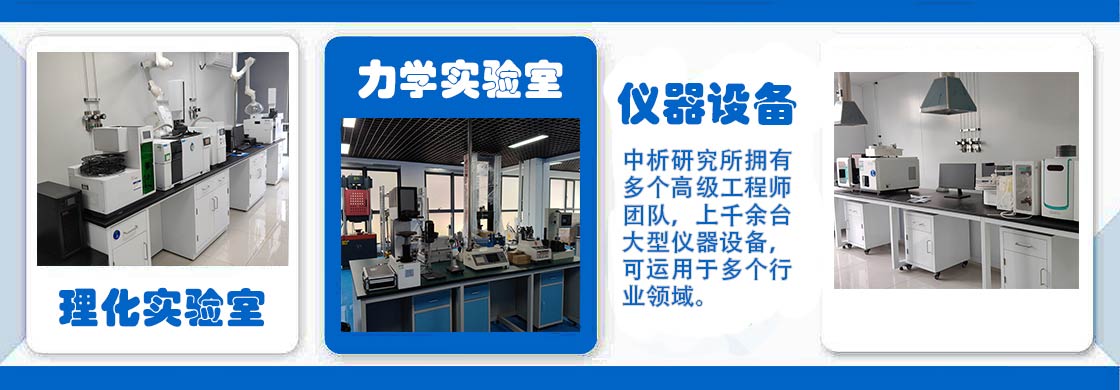





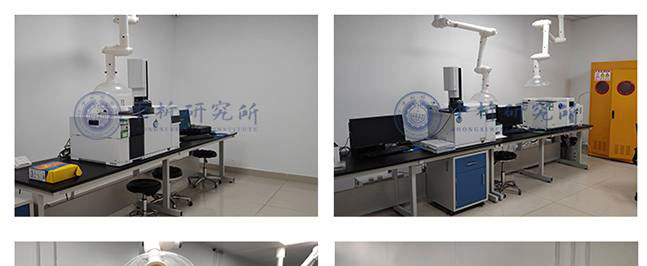
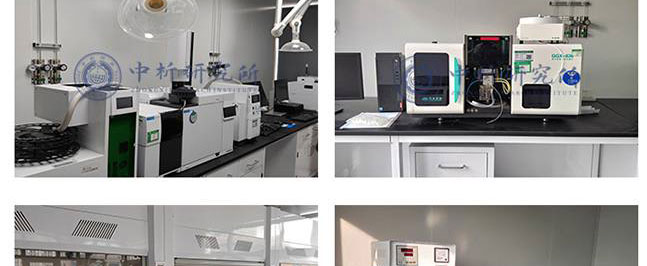
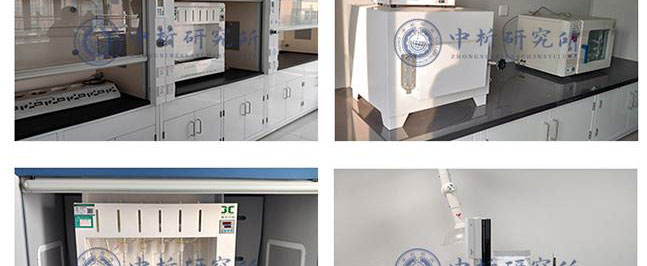
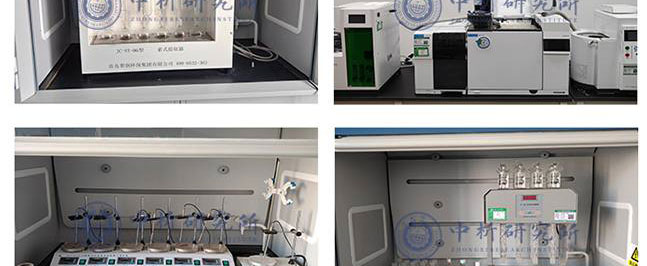
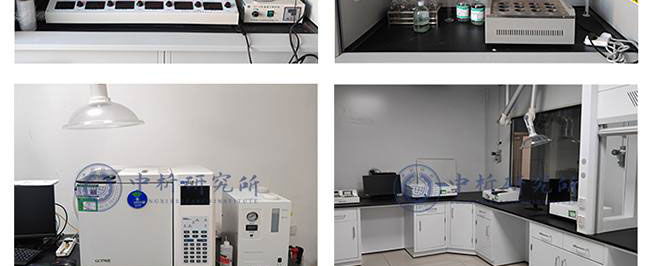
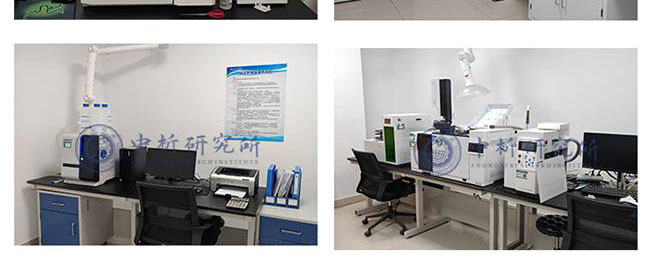

















 备案号:
备案号: